Imagine this: You wake up one morning to find your beloved crested gecko with irritated, swollen eyes. Panic sets in as you realize something is wrong, but you’re unsure what. Could this have been prevented?
As a dedicated gecko parent, your pet's health and happiness are paramount. Those charming "eyelashes" above your crested gecko's eyes aren't just for show — they serve critical functions that, if compromised, can lead to severe health issues.
Understanding the "Eyelashes"
Crested geckos (Correlophus ciliatus) are renowned for the hair-like projections above their eyes, giving them their nickname, "eyelash geckos." These structures are not true eyelashes but specialized scales known as "crests."
Functions of the Crests:
-
Protection: The crests act as a barrier, shielding the eyes from debris and potential injury.
-
Camouflage: They help break up the outline of the eyes, aiding in blending into their environment.
-
Sensory Perception: While not extensively studied, it's possible these structures assist in detecting environmental changes.
Potential Health Risks:
Neglecting the care of these crests can lead to:
-
Eye Infections: Debris accumulation can cause infections.
-
Shedding Complications: Improper humidity levels can result in retained shed around the eyes.
-
Stress: Environmental stressors can affect the health of the crests.
Preventative Measures:
-
Maintain Proper Humidity: Ensure humidity levels between 50-80% to facilitate healthy shedding.
-
Regular Cleaning: Keep the enclosure clean to prevent bacterial buildup.
-
Monitor Behavior: Watch for signs of discomfort or changes in behavior.
Your crested gecko's "eyelashes" are more than just a cute feature — they're vital to their well-being. Proper care and attention to these structures can prevent health issues and ensure your pet lives a happy, healthy life.
Have you encountered issues with your gecko's crests? Share your experiences in the comments below!














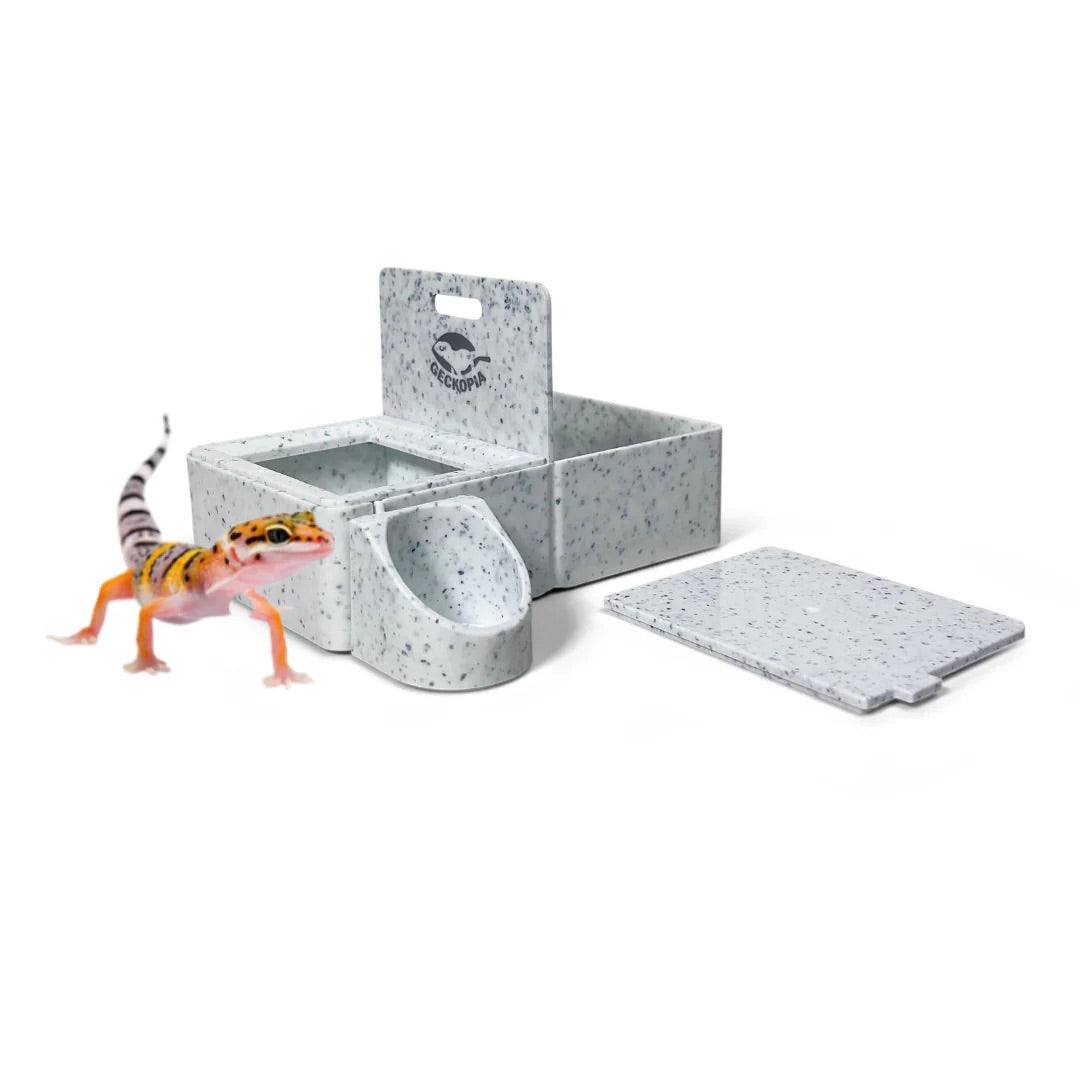














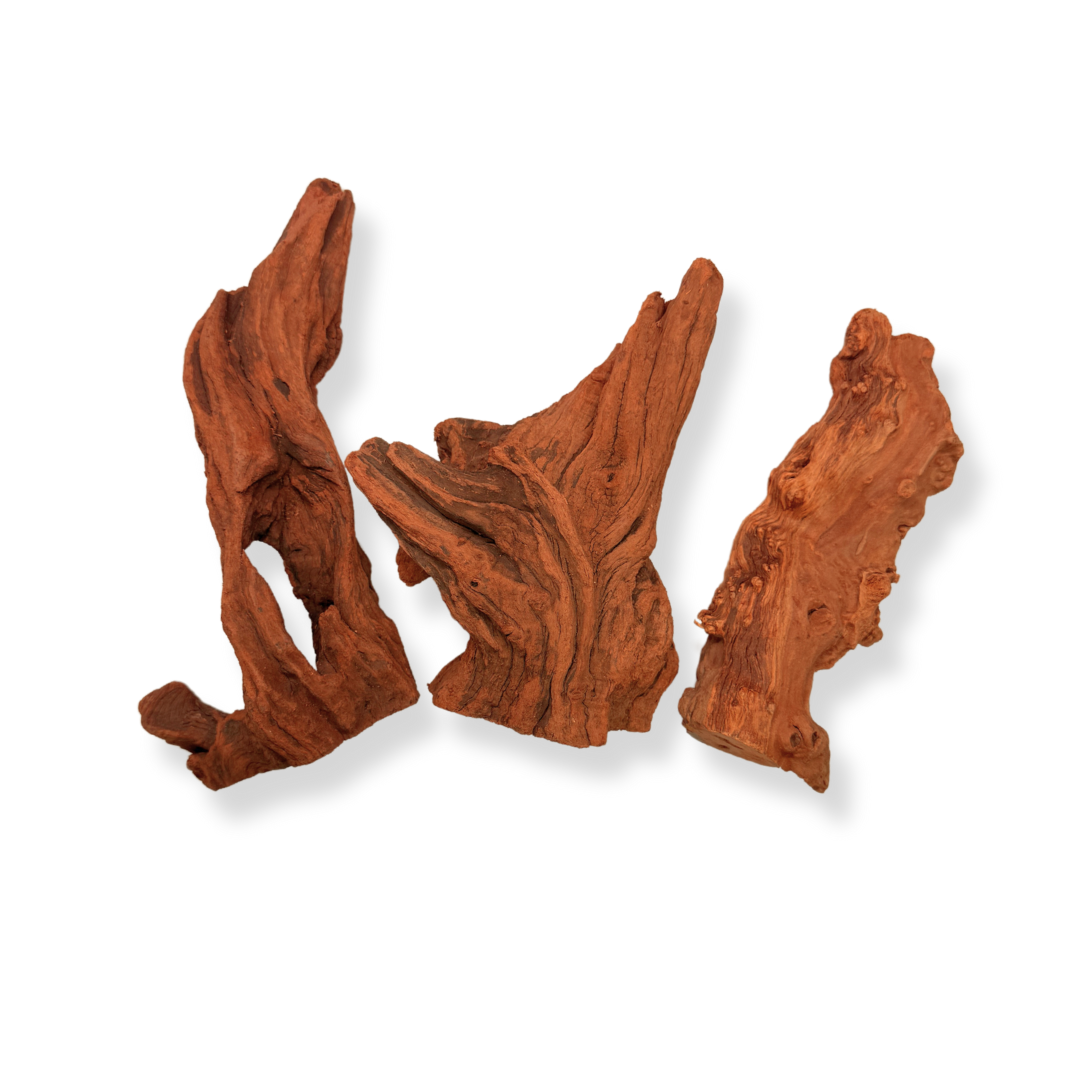














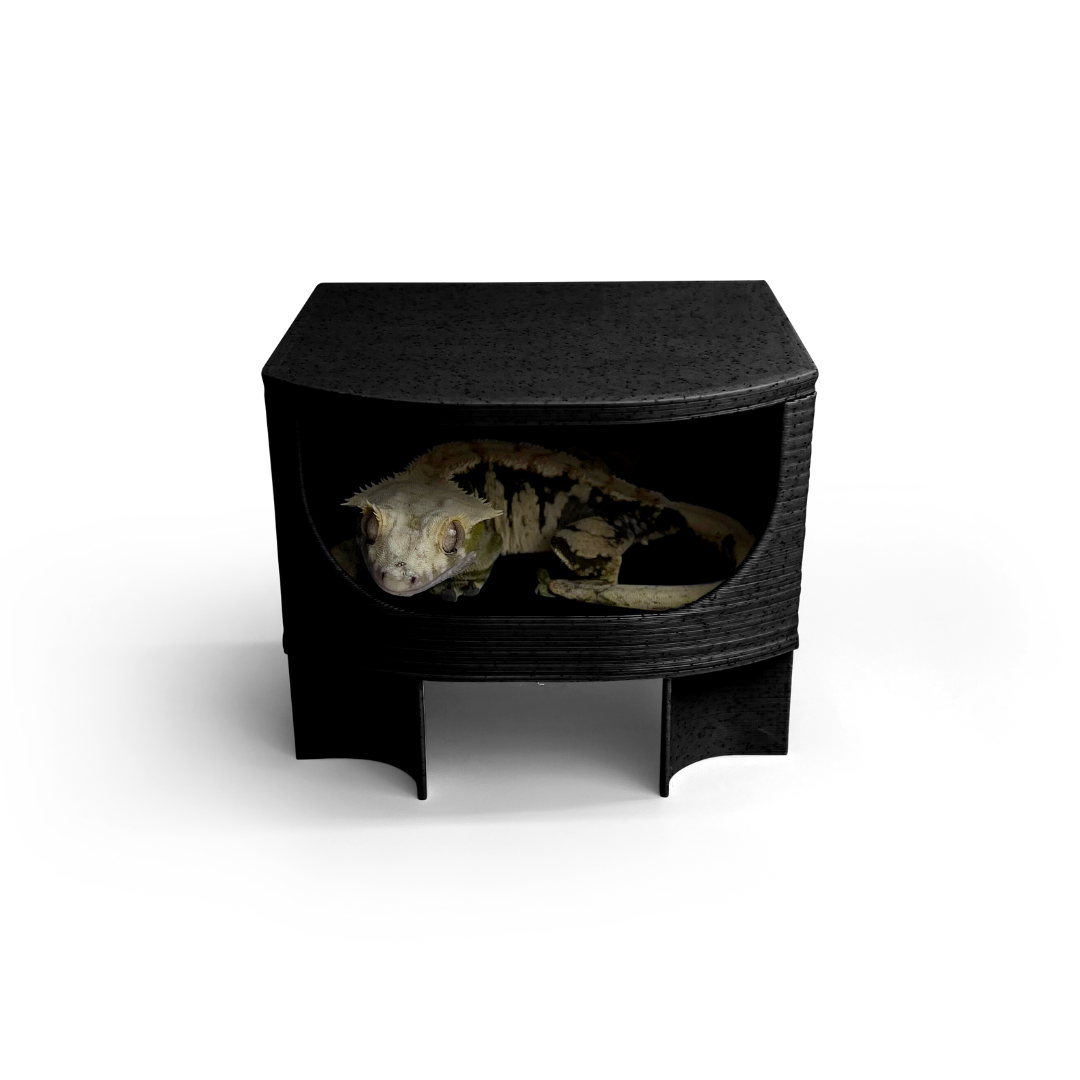


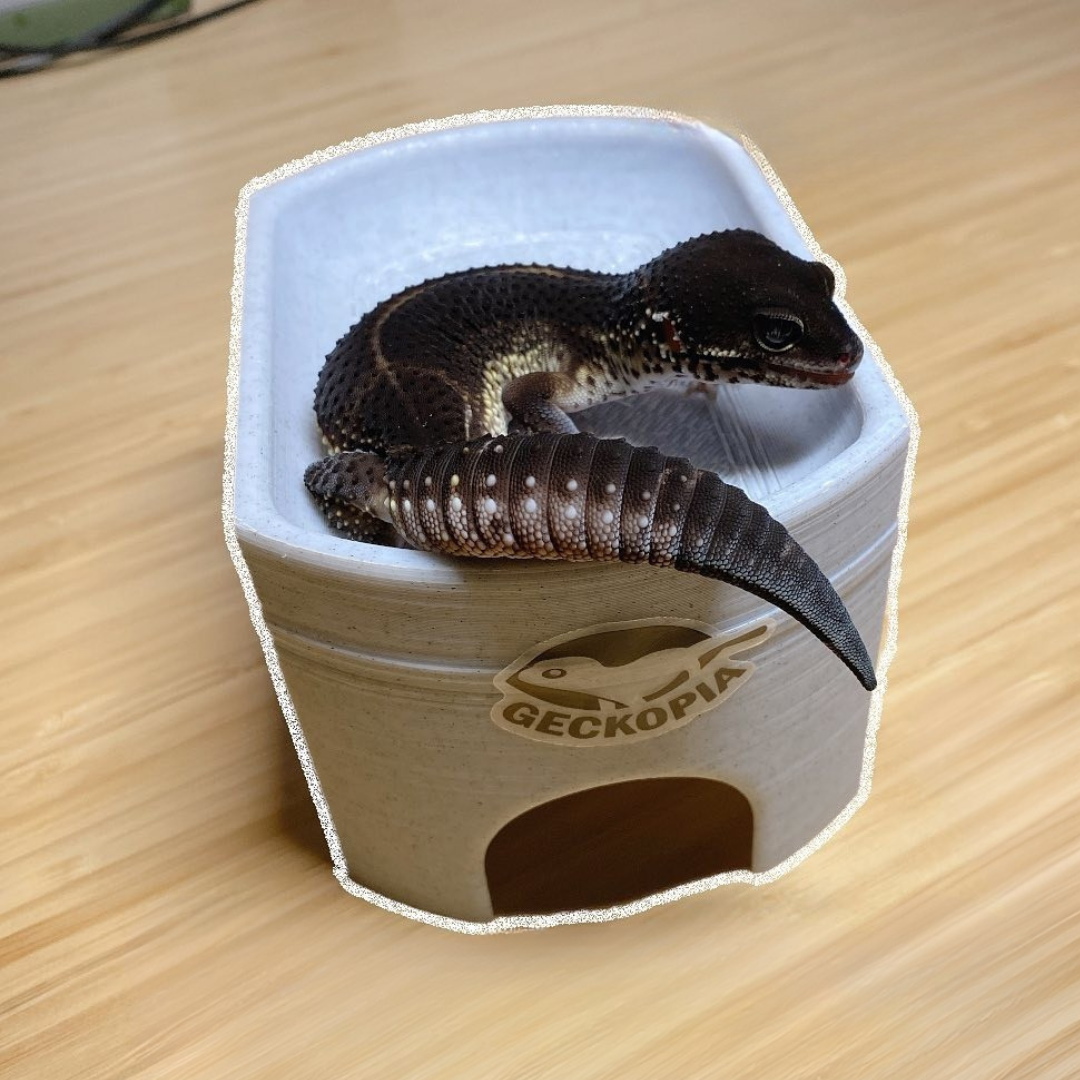



















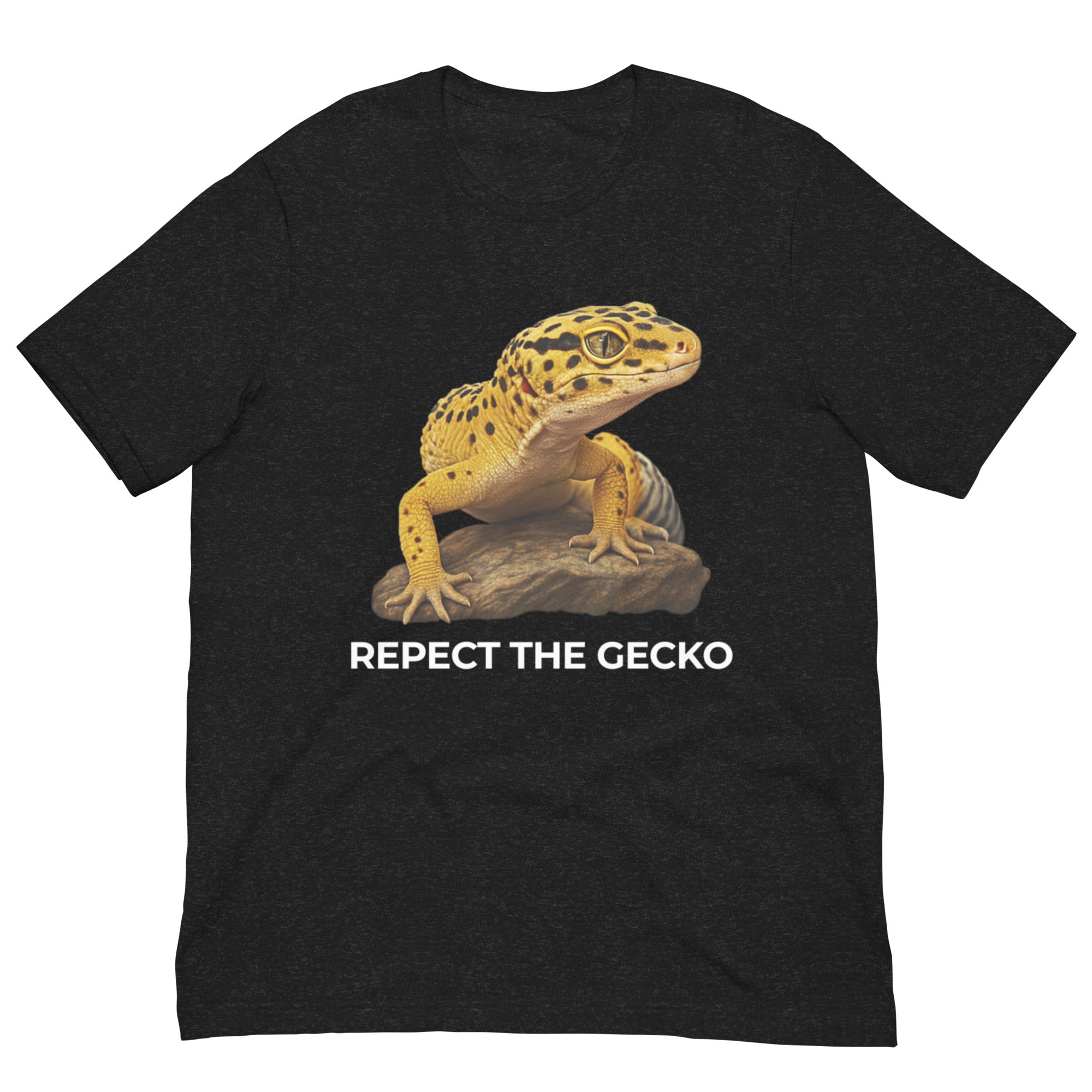

Leave a comment